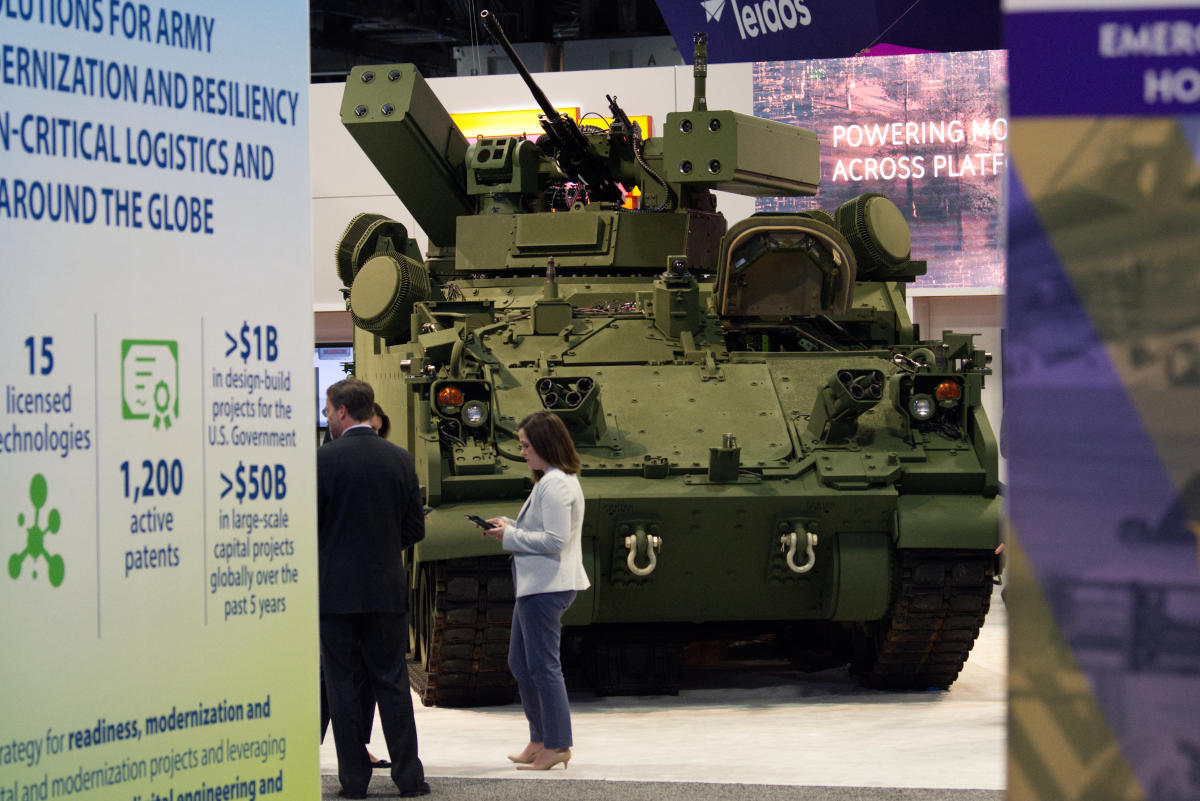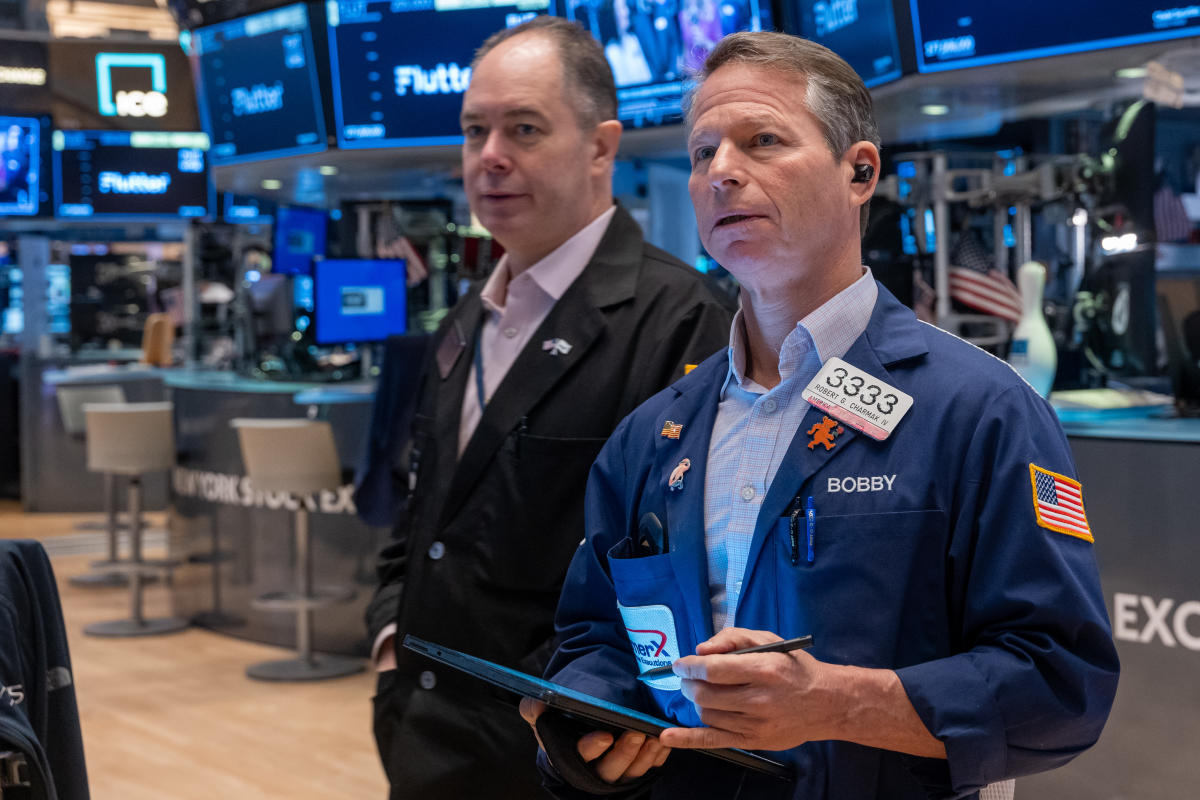
The Army plans to choose next spring one winner out of four vendors competing to build the base platform for its Robotic Combat Vehicle, or RCV, according to Maj. Gen. Glenn Dean, program executive officer for ground combat systems.
A year ago, the Army selected McQ, Textron Systems, General Dynamics Land Systems and Oshkosh Defense to design and build prototypes for the system.
The Army decided then to adjust its pursuit of three robotic combat vehicles of different sizes, moving forward instead with a single size that can keep up with crewed combat vehicles, Dean said at the time. And then the Army would equip the platform with different mission payloads to fill specific battlefield roles.
Each vendor delivered two prototypes in August, and all of the prototypes are now at Aberdeen Proving Ground, Maryland, Dean said.
“We’re on track to down-select in about the March timeframe from those four vendors to one and that’ll give us the base platform,” Dean said.
The chosen vendor will deliver eight prototypes for the next phase. “Then once we have that, that vendor will actually do another prototype spin. … We’ve tiered the requirements so they’re going to add some new requirements when they go into the second prototypes.”
While Dean said he prefers to keep as many vendors in a development effort as long as possible, funding is always a consideration. “It does come down to money. There’s a profile that we have to stay within. Unfortunately, the profile that we have really almost only allowed us to retain one. We looked at at least two and then that was still outside what we were able to afford.”
The Army has also settled on the Armored Multipurpose Vehicle, or AMPV, as the designated control vehicle for the robots, chosen because the control vehicle needs to keep up with the first unit designated to receive the robots, which will be a platoon in an Armored Brigade Combat Team, according to Col. Kevin Bradley, who is in charge of next-generation combat vehicle modernization within Army Futures Command.
The service looked at a number of concepts for a control vehicle from Bradley Infantry Fighting Vehicles to Stryker combat vehicles to even a truck-based one, but “the user community gelled on what they wanted,” Dean said.
A unit that has been working through how to operate and fight with RCVs at the National Training Center, for one, said using a control vehicle that was different from anything else in the formation became “very easy to target,” and the opposing force in a recent training event would go after the control vehicle easily to take the robots, according to Bradley.
The RCV’s first fielding is expected in fiscal 2028, which means the control vehicle will need to go under contract in FY25 because the AMPV has a two-year production lead time. Then from FY27 to FY28, the integration work to make it a control vehicle will occur, Dean detailed.
While the RCV base platform prototyping and the control vehicle effort is moving forward smoothly, the Army’s work to develop off-road autonomy software is proving more difficult.
In June the Army conducted an off-road autonomy software assessment. “The good news is we are moving forward in that area. The bad news is industry is nowhere near where people think in terms of off-road autonomy. There’s still a lot of development to do,” Dean said.
The Army plans to hold another evaluation in December which will become routine in order to continue software development.
Three companies are working directly with the Bradley’s Next-Generation Combat Vehicle Cross Functional Team and PEO GCS on autonomy capability – Forterra, Kodiak Robotics and Overland AI.
So far the evaluations for autonomous behavior haven’t even been truly off-road, Dean said. “We’re talking trails and unimproved road conditions. Building an autonomy algorithm that can identify the entire range of things it might encounter is challenging because you have a pretty big data set.”
The evaluation in June took place at Fort Cavazos, Texas, and in one instance the robot needed to cross a creek at the bottom of a hill and would need to navigate a series of switchbacks to get down. “It couldn’t navigate the switchbacks,” Dean said.
“We are still working through the negative obstacle problem. You see a dip ahead of you. It could be a puddle, I can drive right through it, or it could be a cliff, and the sensors sometimes have difficulty evaluating what’s safe to navigate,” he said.
The evaluation in June involved too much human intervention, Dean said, but it’s still better than having to tele-operate a system continuously and deal with latency issues at certain ranges and speeds.
Overall, based off a major training event at Fort Irwin, California, this summer “we saw that robots provided benefits to the organization particularly in the reconnaissance and security role for long-duration observation and security posts,” Bradley said.
But the service is still working through tradeoffs with power, range and the ability to make decisions at a distance and the desired level of control, he added.
“That was really what we were trying to tease out, that math problem of you want to be able to see 4K video to make decisions of shoot, don’t shoot, to maintain that kind of ethical high ground, then that requires a certain amount of bandwidth that’s impacting how far you can go, also impacts how much control you have,” Bradley said.
EMEA Tribune is not involved in this news article, it is taken from our partners and or from the News Agencies. Copyright and Credit go to the News Agencies, email news@emeatribune.com Follow our WhatsApp verified Channel




